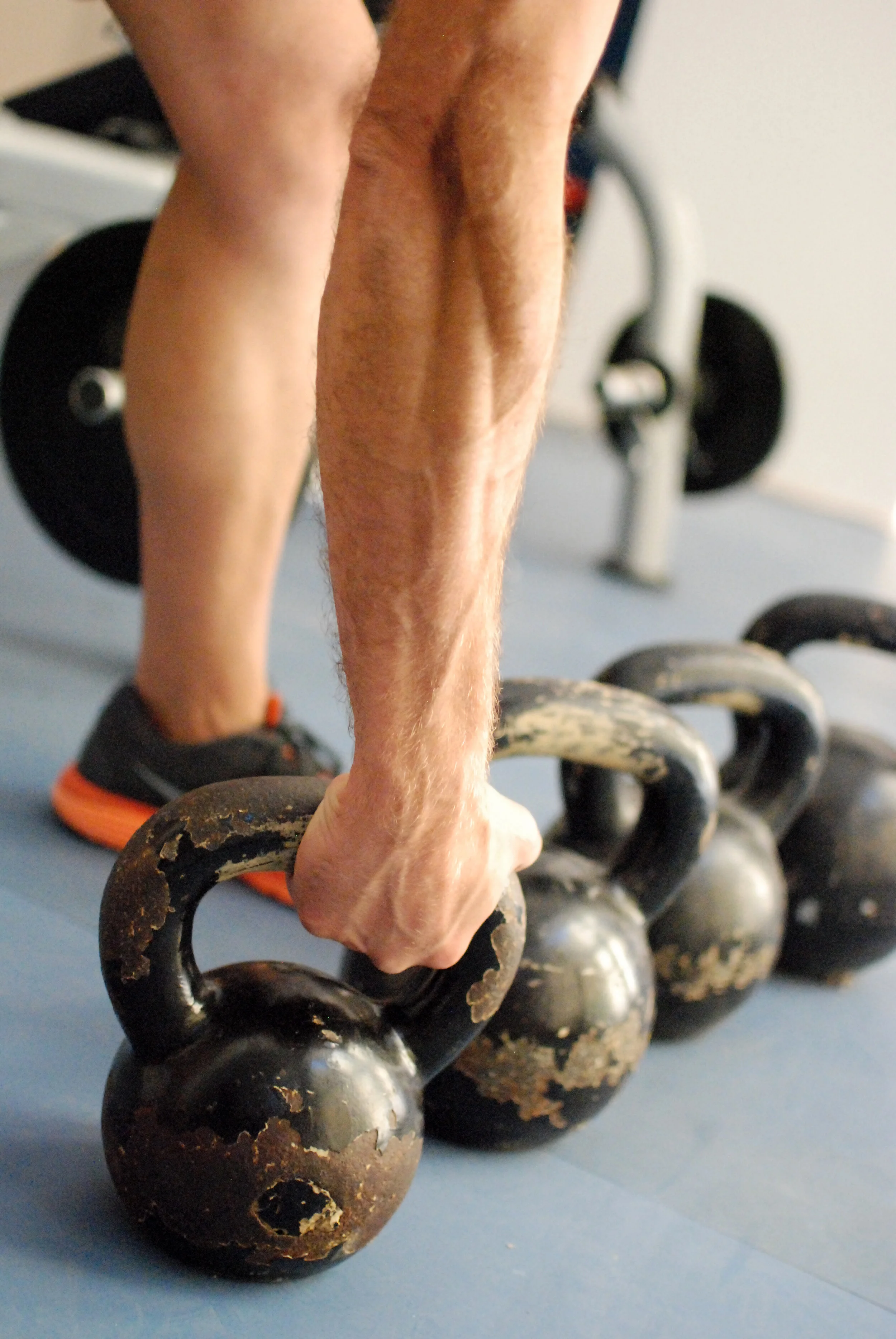Simple Workouts Done Very Well
Don’t fall for the current fad that you should “confuse your body” by constantly changing your workout routine. You’ll achieve greater results by consistently creating a simple, easy to follow, and complete strength training program that includes the foundation exercises listed below.
Core - planks, chops and lifts
Power - hops, box jumps, kettlebell swings
Lower Body - squats, lunges, deadlifts, hip lifts
Upper Body - presses, rows, pulldowns
Rotational - medicine ball throws, dynamic chops
Focus instead on perfecting your form, and varying the intensity level. For variety, you can use different equipment to complete the same foundation exercises. For example, a horizontal push can be completed with dumbbells on a bench or using a TRX.
When designing training programs, I keep these quotes in mind:
“Simplicity is the ultimate sophistication” - Leonardo da Vinci.
“Do simple things savagely well” - Mark Verstegen, EXOS
Train to Get Stronger
You should be training to get stronger. To make that happen you need to follow a program that offers predictable challenges set up to improve your performance in incremental steps over a specific period of time. Your workouts should be hard, and they should continue to challenge you as you build your strength.
Here are simple ways to progress exercises and get stronger:
Increase weight or reps
Improve form
Increase range of motion
Reduce time between sets
Do a unilateral version of exercise
Add instability to exercise - split stance or standing on one leg
Select different equipment for the same exercise
Change the tempo - go slower on the eccentric movement
Train Movements Instead of Muscles
When I started fitness training back in the 1980’s, I worked out like a body-builder with “arm-day” and “leg day” exercises that focused on single muscles. This old approach took too much time and didn’t improve my overall fitness. I now follow a more purposeful training program that focuses on movements instead of muscles.
My current workouts include full body exercises alternating between upper and lower body, push and pull movements. I feel full body training has improved my proprioception (body awareness), strength, mobility, and balance, and is also more applicable to my daily movements.
Avoid Seated Gym Machines
Before using the seated machines commonly found in all gyms to exercise, ask yourself this question, how many daily activities or sports are performed while sitting in a stationary seat? So why use a seat to support you while exercising?
With machines the load is stabilized for the lifter by the machine. Instead of relying on the machine for support, perform exercises in more functional positions with your feet or knees in contact with the ground. Performing exercises in standing or kneeling positions forces your core and lower body to stabilize the movement.
Here are more functional alternatives to seated machine exercises to consider:
Squat or Lunge - instead of the seated leg press and leg extension machines
Push Up or Standing Cable Press - instead of the seated chest press machine
Dumbbell Shoulder Press - instead of the seated shoulder press machine
Cable Pull-Down on One Knee - instead of the seated pull-down machine
Single Arm Standing Cable Row - instead of the seated rowing machine
Correct Strength Imbalances
I notice that most people in the gym exclusively perform bilateral exercises such as barbell bench presses, leg presses, machine chest presses and rows, etc.
Performing only bilateral exercises will keep the body unbalanced, as the dominant strength side will always “take charge” of the lift, with the weaker side doing less work.
These single limb exercises will help reduce dominant side strength imbalances and improve your overall body balance and strength.
One Arm Kettlebell Shoulder Press
One Arm Dumbbell Row
One Arm Cable Pull-Downs
One Arm Cable Press
Single Leg Squats
Single Leg Dead-Lifts
Single Leg Machine Press







